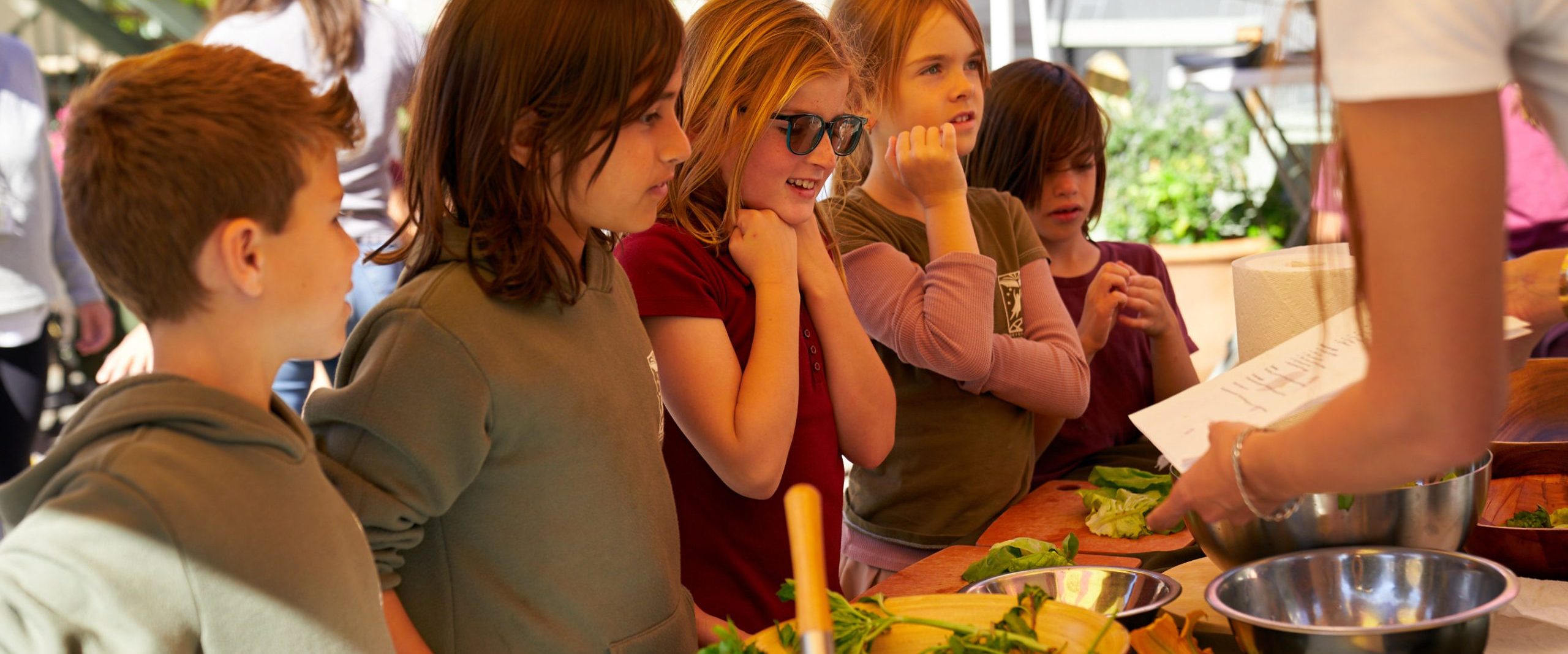
Core Curriculum
Mathematics, STEAM, Language Arts, and Global Cultural History
Seven Arrows provides a dynamic curriculum that is supported by proven brain and child development research. We are constantly evolving and remaining innovative through extensive research and ongoing professional development for our faculty. We are small by design to create a highly differentiated and personalized learning path for each student.

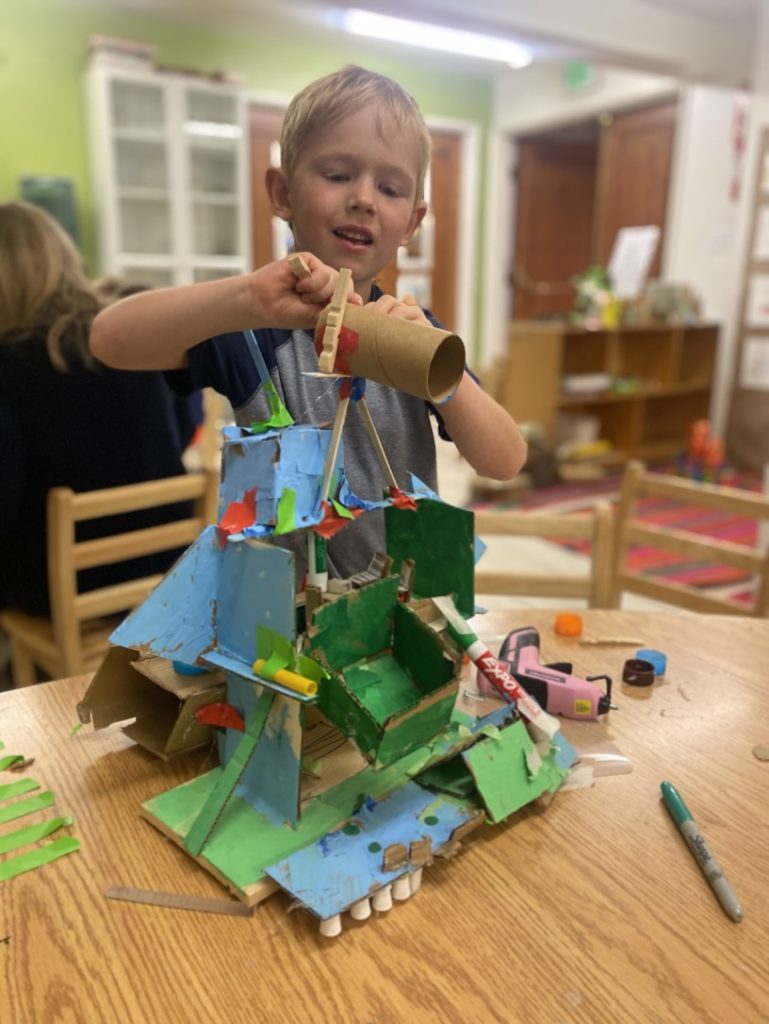
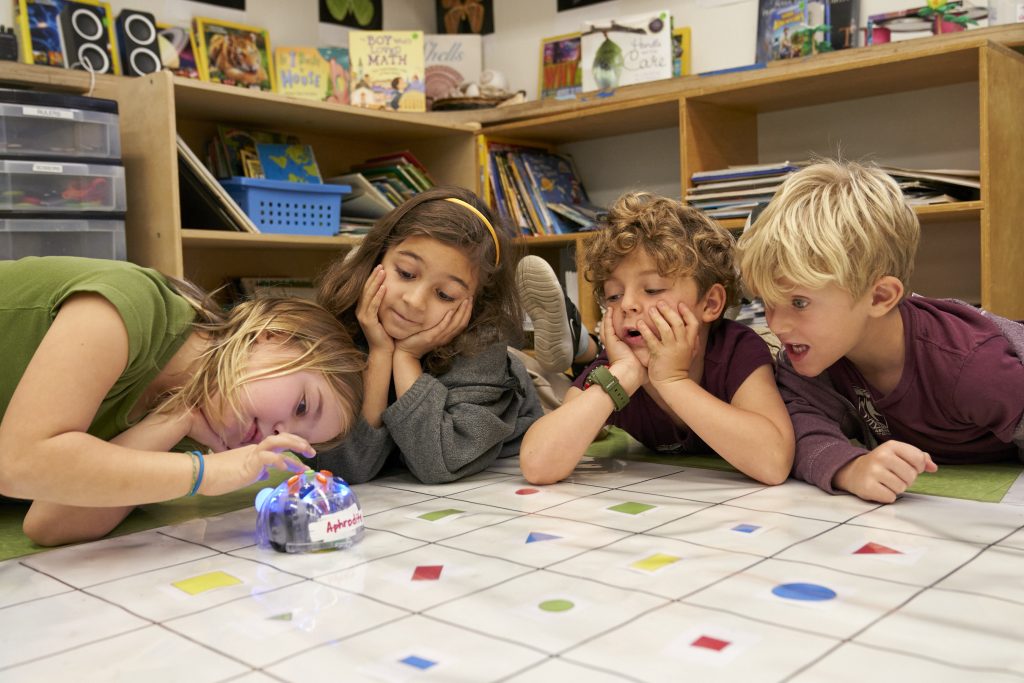
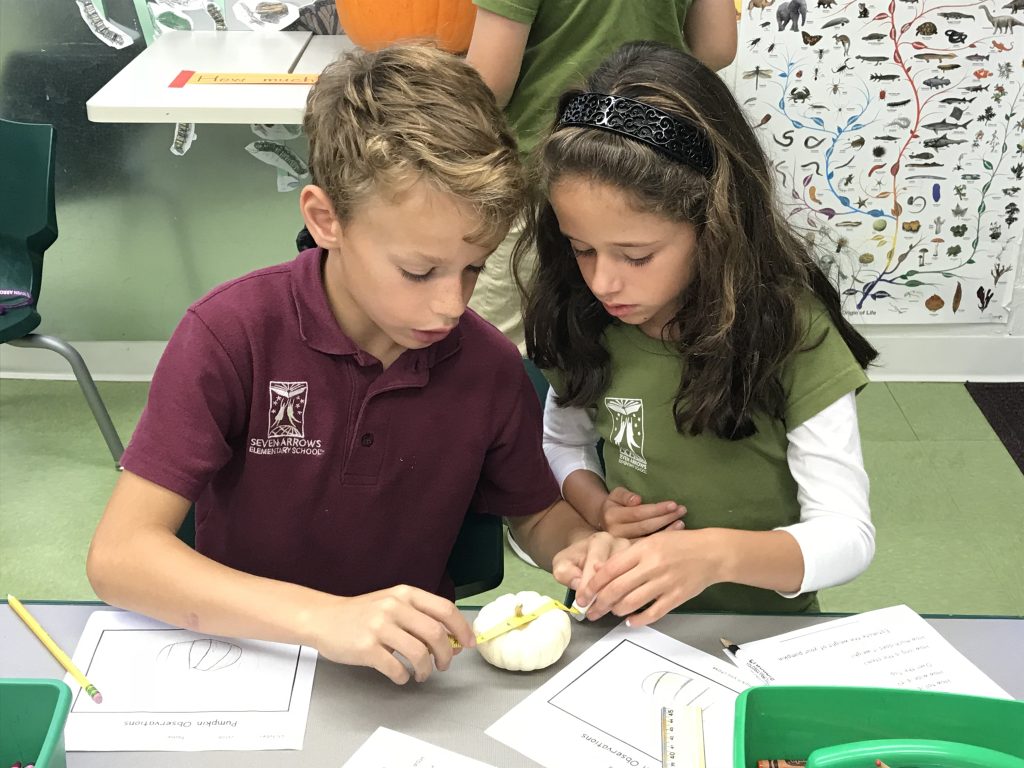
Our Math Curriculum: A Mastery-Based Approach
At Seven Arrows, our math curriculum centers around the successful implementation of Singapore Math, which has significantly enhanced our students’ mathematical abilities and knowledge. This curriculum emphasizes critical thinking, process-oriented learning, and genuine understanding over memorization and surface application.
Singapore Math focuses on understanding the “why” behind mathematical concepts, encouraging students to explore various approaches to problem-solving. Mastery is the goal, with students delving deeply into fewer concepts to achieve a solid grasp. This approach has shown that students can advance a year or more compared to traditional math programs, fostering a true love of learning.
The curriculum follows a three-step process: moving from the concrete to the pictorial to the abstract. Students engage with physical manipulatives, represent concepts with visuals such as bar graphs, and finally tackle problem-solving and algorithms. This multi-faceted approach ensures a thorough understanding and retention of concepts.
Implementing Singapore Math requires substantial investment in teacher training and community involvement. Our teachers receive ongoing support and instruction from experts, ensuring they can effectively guide students through this comprehensive program.
Additionally, students in grades 3-6 use ALEKS, a web-based tool for assessment and fluency, to challenge themselves and expand their mathematical knowledge. Grades 1-6 also utilize IXL, an interactive program that targets specific skills and concepts, ensuring long-term retention and in-depth understanding.
Through these programs, our students not only excel academically but also develop a deep appreciation for the beauty and logic of mathematics.

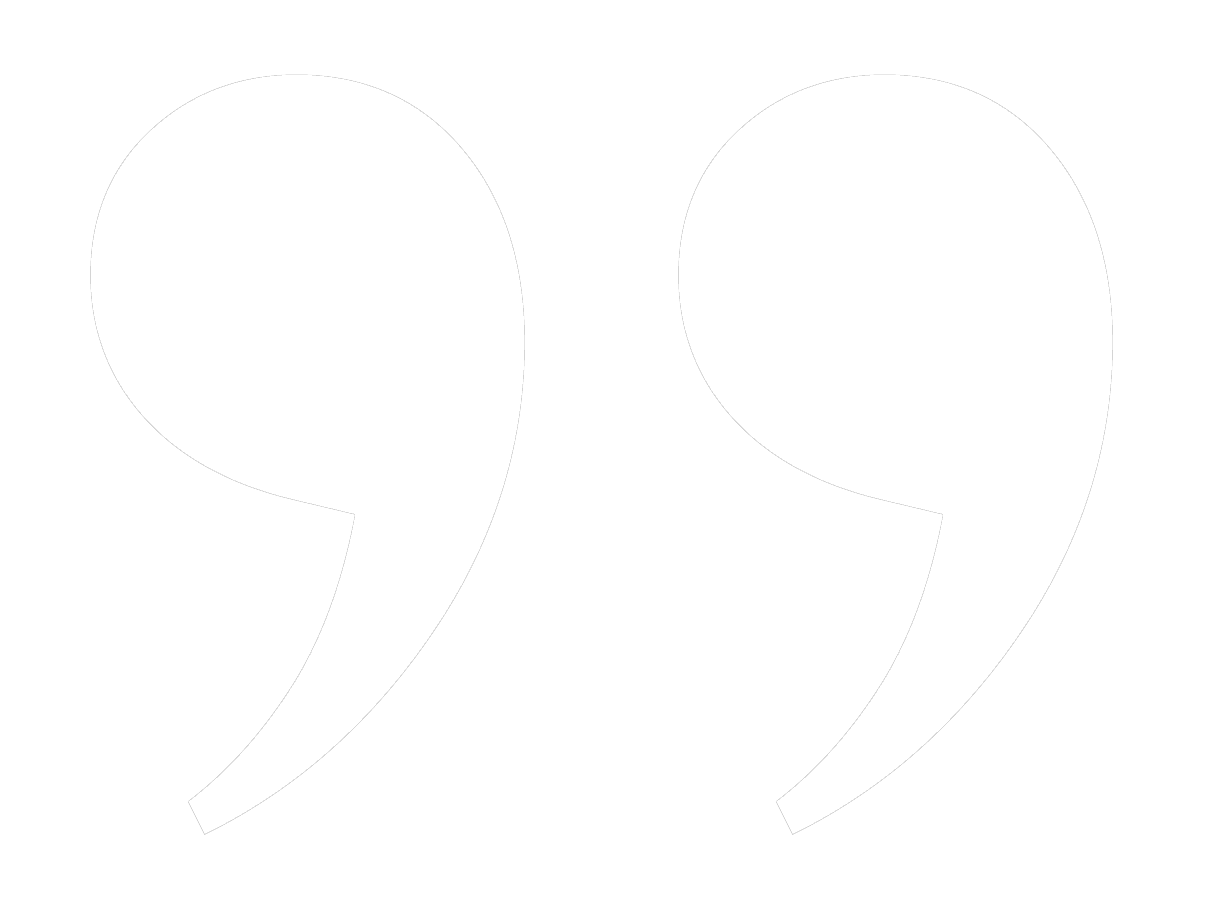


STEAM
STEAM goes beyond the simple mastery of required content and focuses on developing students into inspired and passionate science learners, equipped to solve problems and address challenges that affect human life on Earth. The program encourages interactive engagement: approaching problems by designing and testing ideas, reflecting on the outcomes, and redesigning to achieve better results. The “maker mindset” supports Carol Dweck’s “growth mindset” and asks, “What can you do with what you have learned?”
Our STEAM curriculum helps develop science literacy through the 5E method: engage, explore, explain, elaborate, and evaluate. Students learn to make observations, inferences, and analyses and to ask questions, conduct experiments, revise theories, and become immersed in inquiry-based hands-on practices.
Technology is infused into virtually every lesson, as a means of discovery, as a method of research and data recording, for electronic resource skill building or simulation, or as a method of presentation. To expand the engineering component of STEAM, all grades are exposed to robotics and programming.
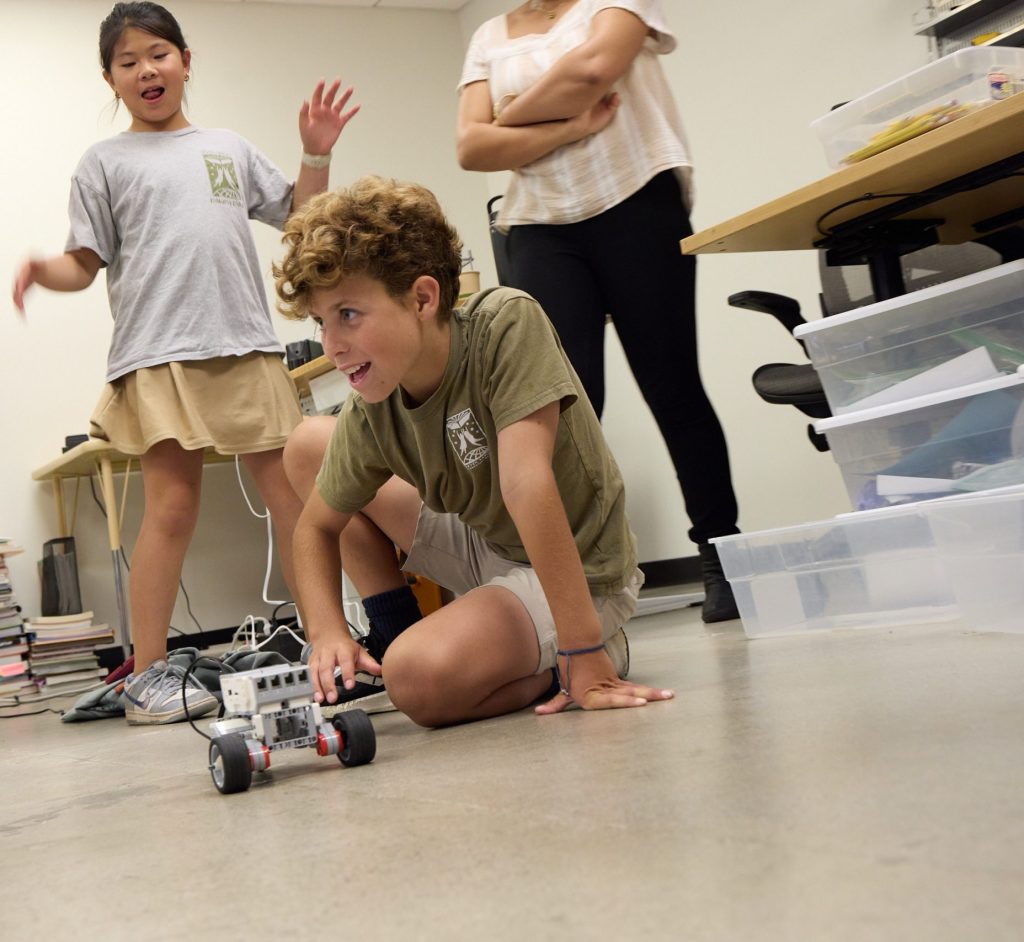

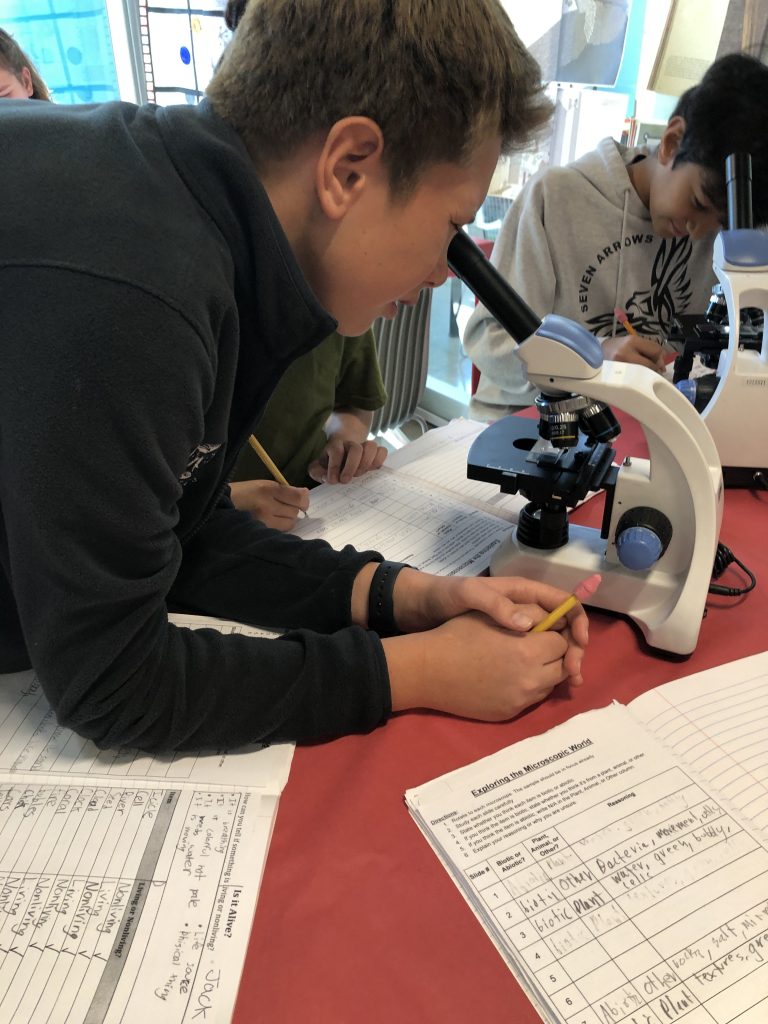
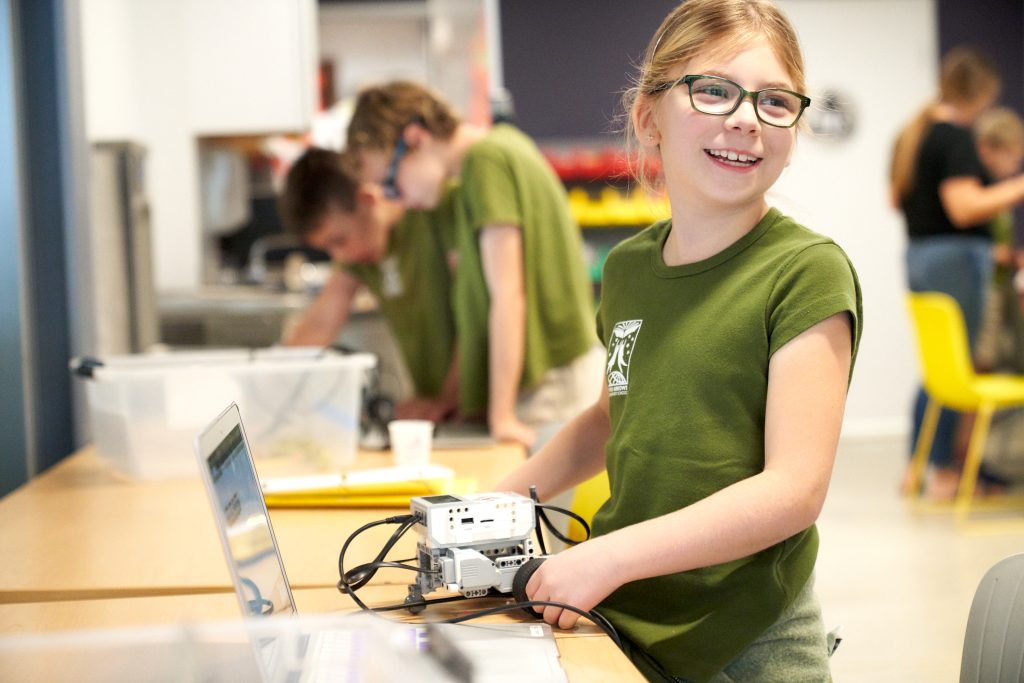
Language Arts
READING & WRITING
Our Kindergarten – 2nd grade literacy program combines Wilson Fundations and Orton-Gillingham for diagnostic, prescriptive phonics instruction. 3rd -6th grade focuses on reading comprehension with literature circles, direct instruction, Actively Learn, and Reading Plus. Kinder – 6th learn vocabulary through direct instruction, Wordly Wise, and Word Voyage programs. 3rd – 6th grade embed grammar and writing conventions into daily writing practice. Spelling in 3rd – 6th uses the reknown program Spellography, with progression from phonology to orthography to morphology and syntax/usage.
WRITING & HANDWRITING:
We nurture young authors, researchers, and poets through Writer’s Workshop and multiple opportunities to learn different genres. Cursive is taught starting in 1st grade and practiced through 6th grade. The Orton Gillingham approach to printing is taught in Kindergarten.
Classic and contemporary children’s literature, along with literature connected to our Global Cultural History curriculum, is used throughout the language arts program. We believe in a developmental approach to reading instruction and our views align with current brain research which suggests that most children learn to read between the ages of five and seven. We combine a developmental philosophy with a traditional approach to reading instruction and language acquisition.
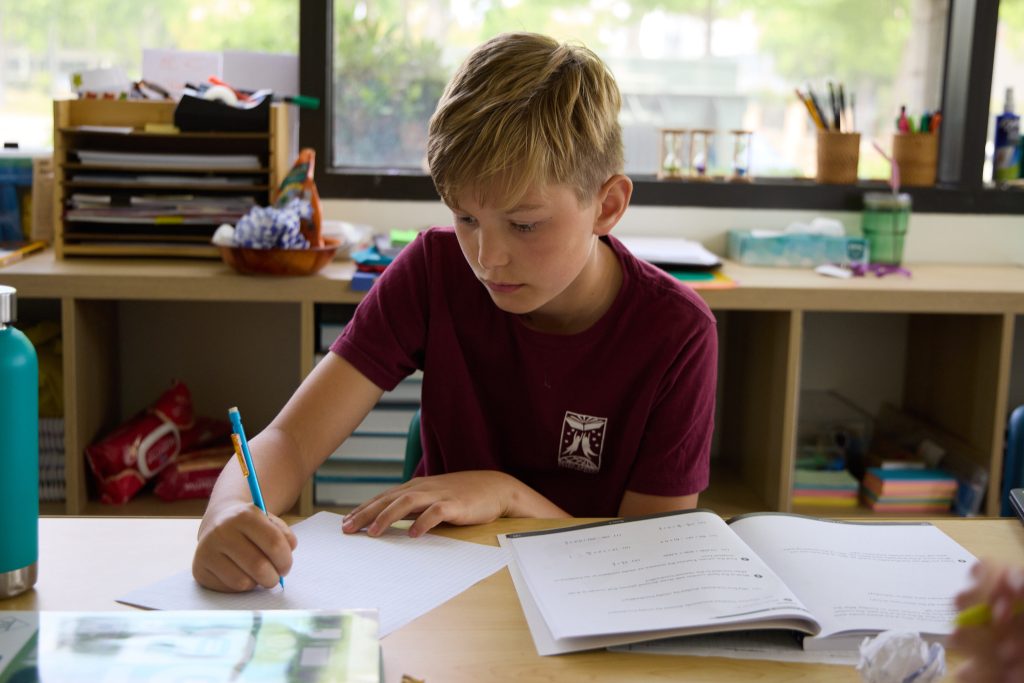
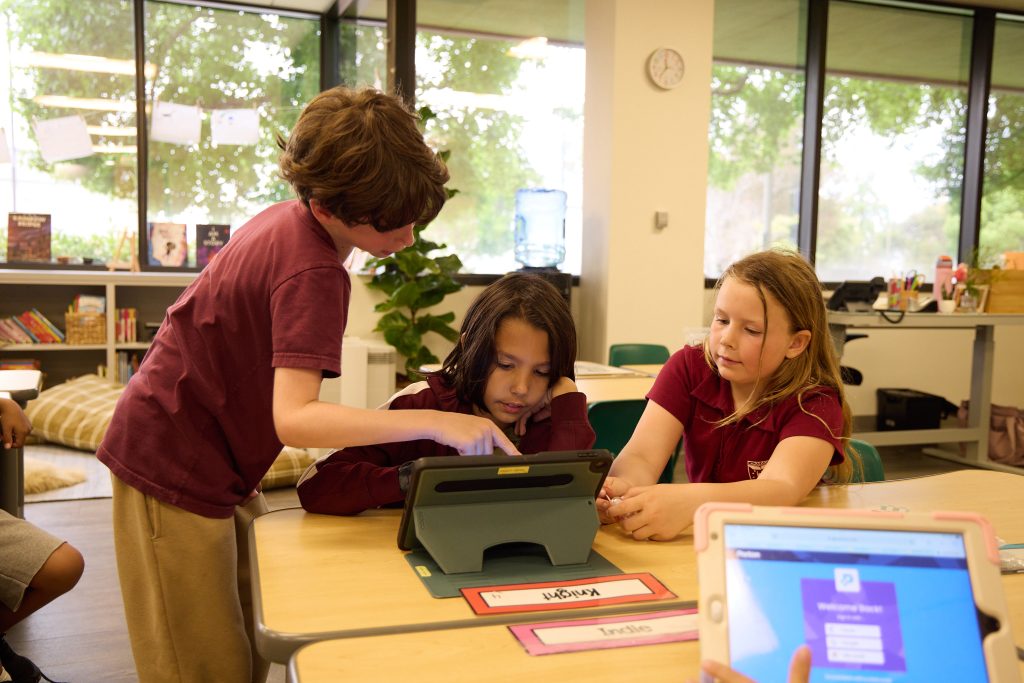
In addition to the English Language Arts (ELA) content standards set forth by the state of California, Seven Arrows’ goals for the reading and language arts program in the lower school (kindergarten through grade 3) include:
-
Fostering reading and writing independence
-
Building upon fundamental reading skills
-
Developing new comprehension strategies
-
Recognizing literature as a rich source of enjoyment and knowledge
-
Developing and strengthening phonics and spelling skills
Writing projects in the lower school include fables, autobiographies, and dramatic monologues for the Masquerade. Beginning in kindergarten, our students are exposed to print-rich literacy environments and receive explicit instruction in phonics. By the end of kindergarten, most students have moved beyond the emergent reader stage to simple primer-level chapter books.
Throughout the lower school, students learn about features of literature such as authors, illustrators, title pages, and book dedications—all of which they apply in their own writing (through text and pictures). They also work on developing “good reader” strategies such as using pictures and contextual clues to identify unknown words and phrases. In alignment with our individualized goals, students who have developed solid reading skills are introduced to texts designed to reinforce and build upon those skills and to expand their growing vocabularies and comprehension. After students enter third grade, they are increasingly asked to work on developing their ability to understand texts both literally and interpretively.
As students transition into the upper school (grades 3 through 6), they are challenged to read and think critically about more-complex materials such as short stories, novels, excerpts, plays, nonfiction, and expository and persuasive texts. Through established grammar, skill building, and vocabulary programs, students continue to deepen their understanding of language structure, grammar, and conventions while practicing reading strategies and engaging in intensive vocabulary building.
One of the goals of the writing program in the fourth and fifth grades is to help students gain clarity in expressing their ideas. They learn about and experience writing in a variety of genres, including personal narrative, response to literature, exposition, research findings, and persuasion. In sixth grade, students delve deeply into the elements of literature including universal and recurring themes and are exposed to diverse genres, authors, and perspectives. Literature studies in grade 6 include novels such as “The Eyes and the Impossible” and “The Diary of Anne Frank”.
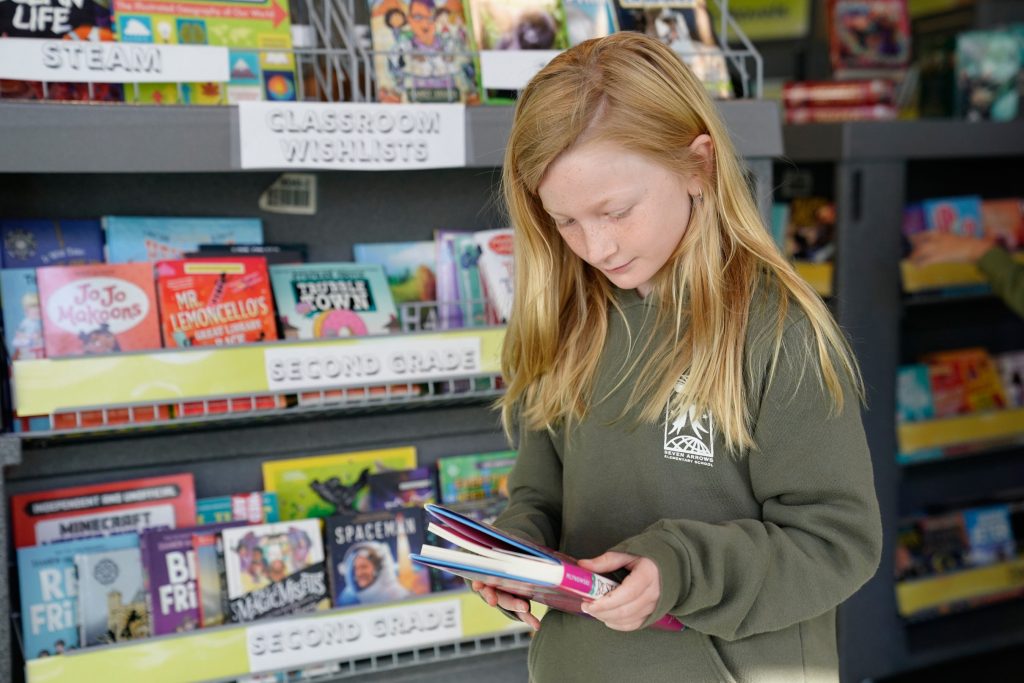
Throughout their time at Seven Arrows, students develop a keen interest in reading and writing along with the critical thinking skills necessary to successfully compete in the 21st century. Some standard curriculum resources used at Seven Arrows include:
Lower school language arts resources

Upper school language arts resources

Global Cultural History
The most exciting way to learn and enjoy history and geography is to experience it. Reading and gathering facts alone do not create a lasting impression. While following the social studies standards for each grade, each grade focuses on a particular global culture or era as a months’ long immersive unit. An example of this is 3rd grade’s focus on medieval times. The unit kicks off with the Castle Project, in which students are assigned a job that would have been done in or around the castle. Students learn their profession and experience the closest approximation, if not the actual craft, with hands on crafting, representing candlemakers, weavers, blacksmiths, defenders of the castle, apothecaries, falconers, and the like. During this unit, students build a portion of the castle related to their profession, experiencing the interconnected of castle life as they barter for candles, wall hangings, and materials with other castle inhabitants. Having this immersive experience readies third graders for learning about medieval life through books and articles.
We understand that the most powerful and generative learning occurs when students are immersed in intellectual and creative work rather than simply observing it.

Kindergarten

First Grade

Second Grade

Third Grade

Fourth Grade

Fifth Grade

Sixth Grade

